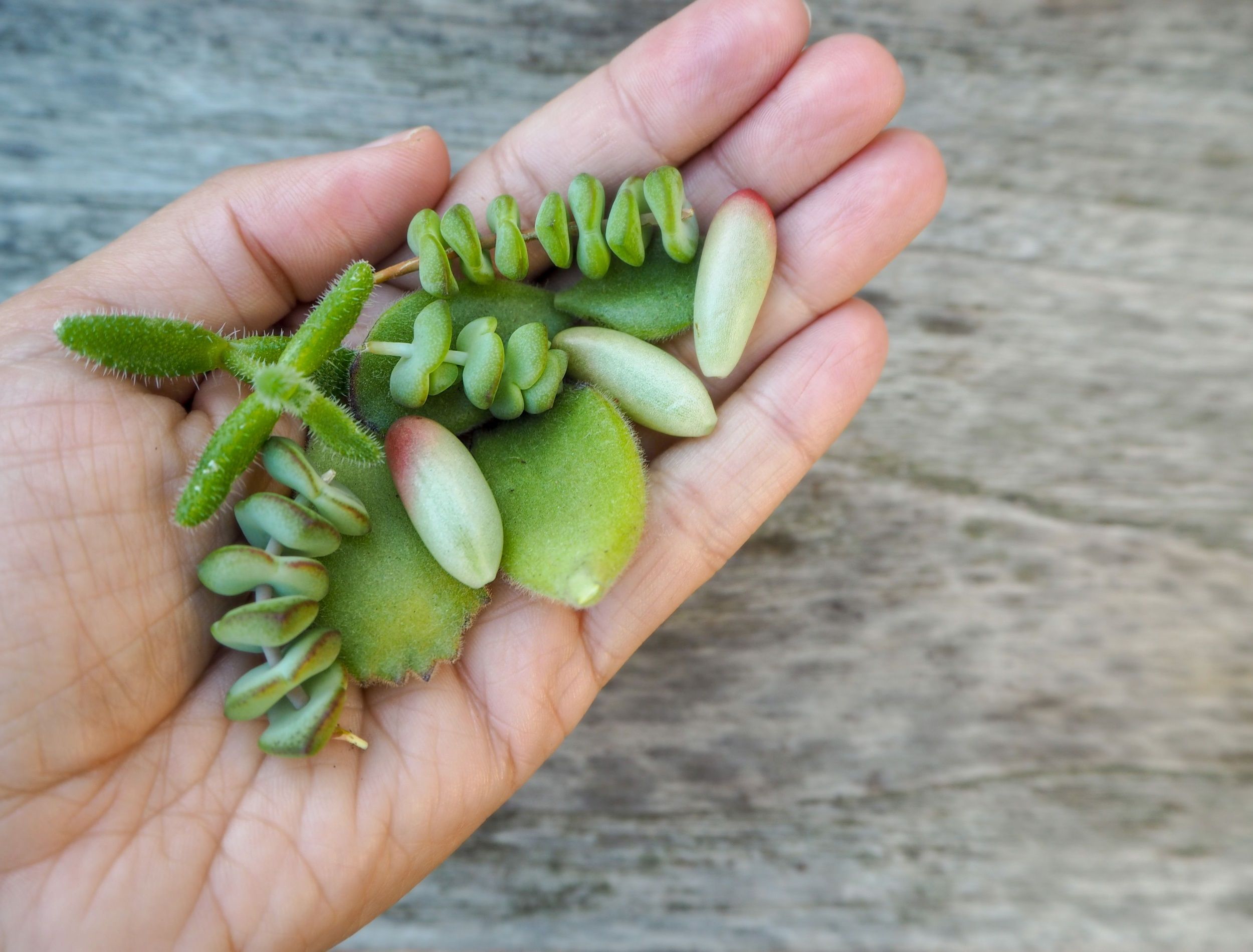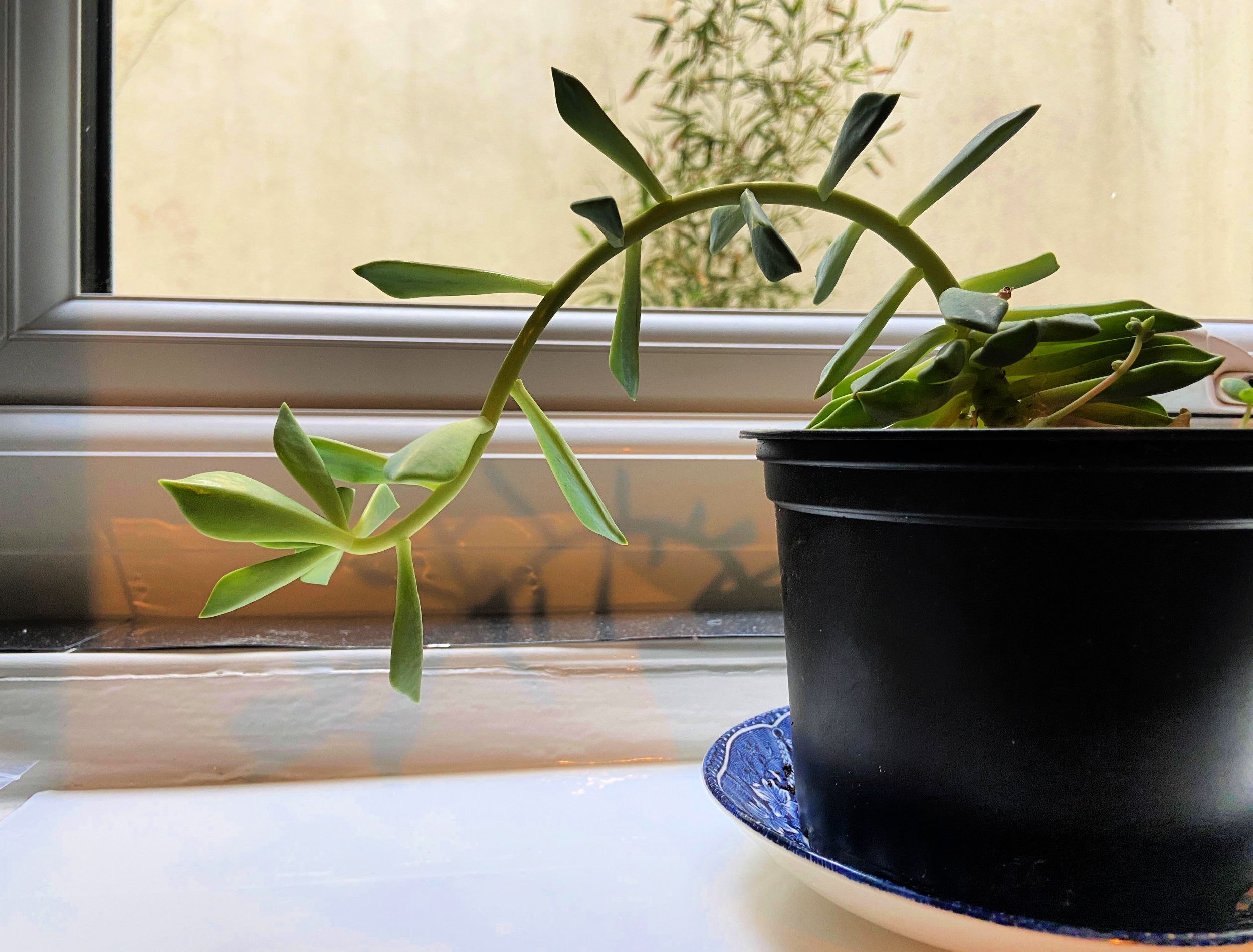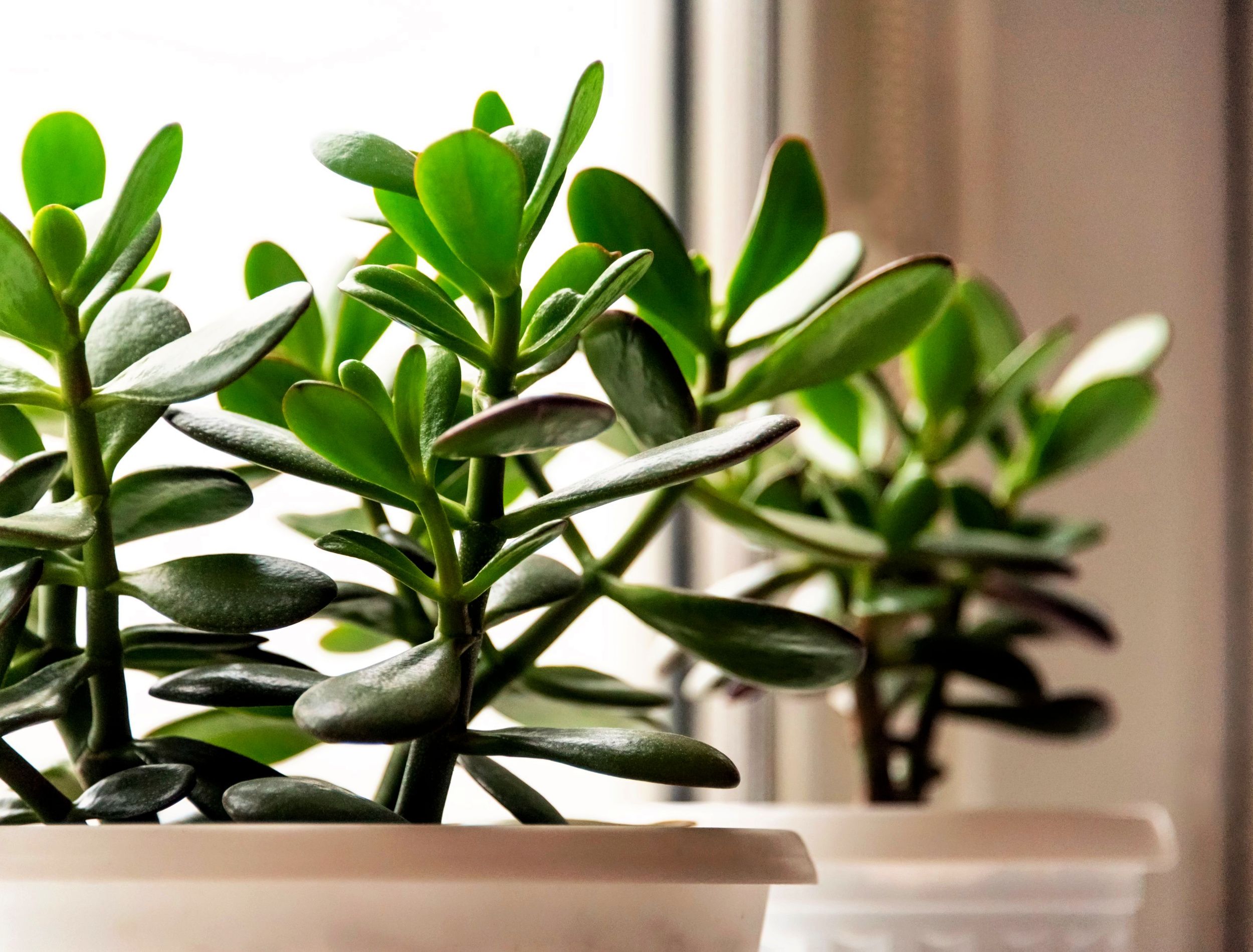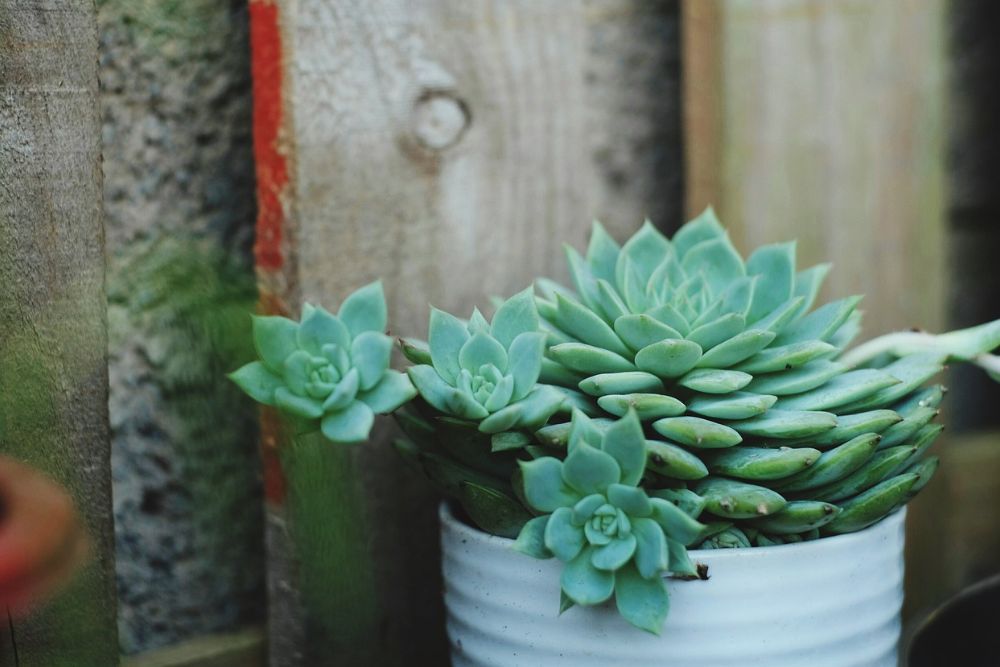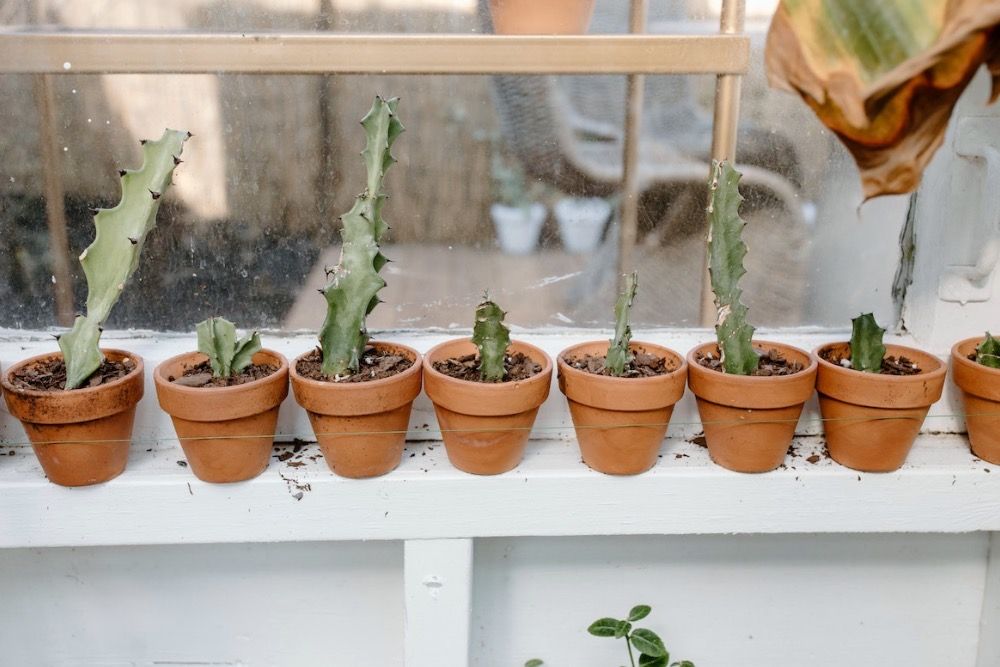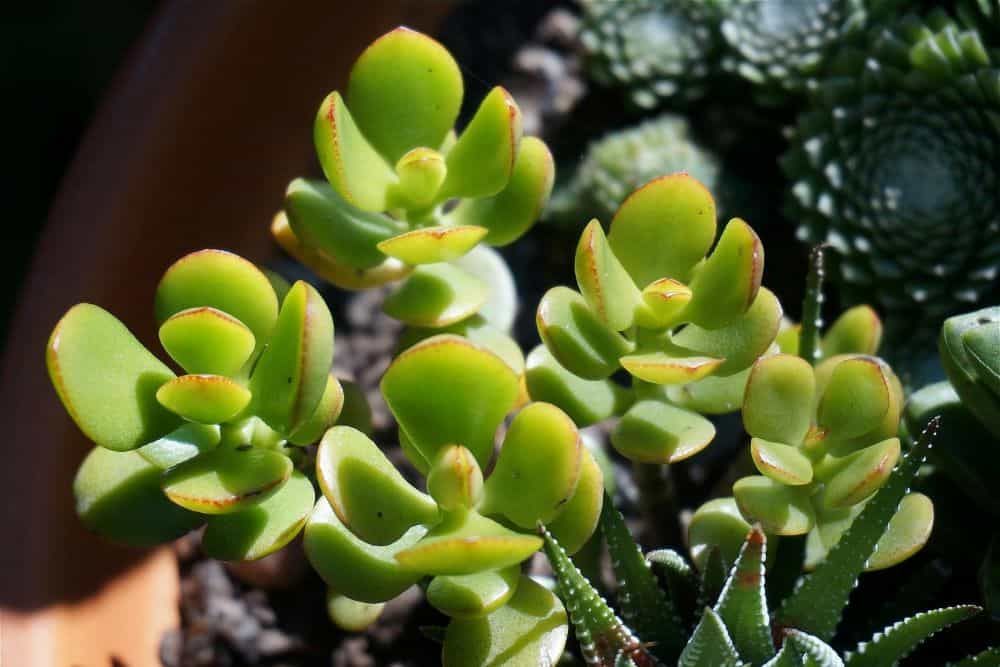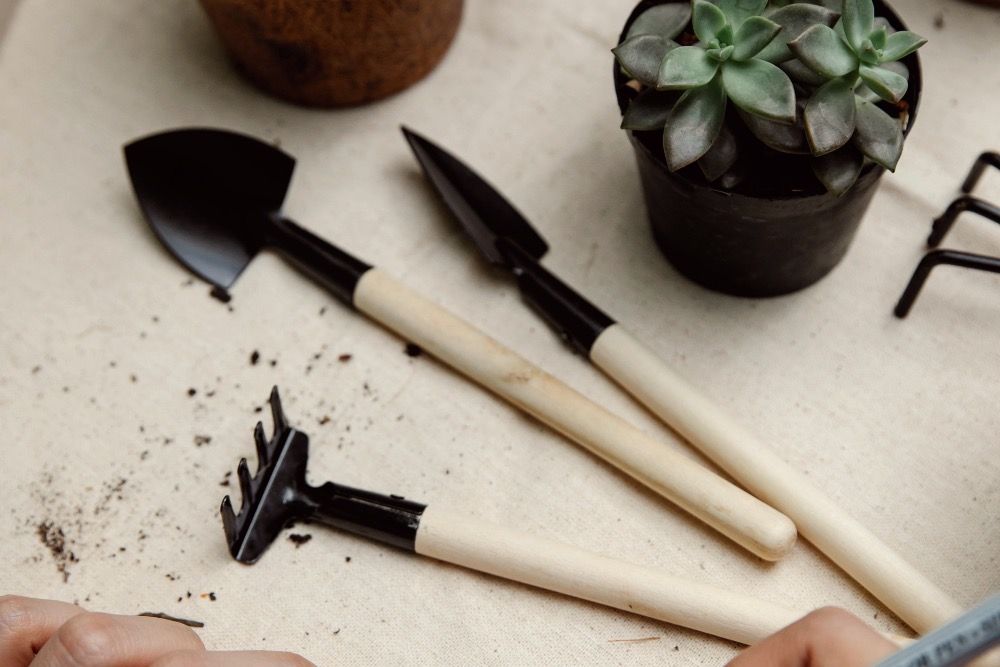If you've noticed that your succulent leaves have been gradually falling off, don't worry – you're not alone! This is sometimes a common problem for succulents, and there are several things you can do to prevent it.
In this article are some causes of leaf drop in succulents, and some tips on how to keep your plants healthy and happy. So, if you want know the answer to this age old question, keep reading!
Succulent Leaf Drop Possibilities
Image credits: Lorna Roberts via Shutterstock
Your succulent leaves are falling off for a variety of reasons. Perhaps you're watering it too much, or maybe the temperature is too hot, or the light conditions aren't ideal.
If you notice your succulent's leaves beginning to fall off, take a close look at its environment and make sure all of the below factors are in check.
Too Much Water
Image credits: Andrey_Nikitin via Shutterstock
One of the most common reasons for succulent leaves to fall off is because they're getting too much water. When succulents get too much water, their roots can't absorb all of the moisture and the plant starts to rot. This usually happens when the plant is overwatered or if the pot doesn't have proper drainage.
If you think your plant is being overwatered check the soil to see if it's soggy. There should be no standing or pooling water. Check to make sure your pot has drainage holes before you make this mistake.
Not Enough Light
Image credits: Duc Anh Nguyen via Pixabay
Another common reason for succulent leaves to fall off is because the plant isn't getting enough light. Succulents need bright, direct sunlight to thrive. If they're not getting enough golden rays, their leaves will start to turn yellow and then drop off.
If you think your plant isn't getting enough light, move it to a brighter spot. You can also try using grow lights to supplement the natural sunlight.
Extreme Heat
Image credits: Tara Winstead via Pexels
If your succulent leaves are falling off, it's likely due to extreme heat. This can be a problem if you live in a hot climate, if your succulent is placed in direct sunlight for long periods of time, or if the temperature gets too high. Temperatures over 80 degrees Fahrenheit could stress your succulents.
There are a few things you can do to prevent this from happening. Make sure your succulent is getting enough water. If the soil is too dry, the leaves will start to shrivel and fall off. Also, try to keep your succulent out of direct sunlight if the temperature do reach an extreme high. If it's in a pot, you can move it to a shady spot.
Drought Tolerance
Image credits: Jan Haerer via Pixabay
It's important to mention that dropping leaves isn't always a bad thing. If you see your succulents dropping, it could be a sign there getting ready to go dormant. This is a sign of drought tolerance, or the ability of a plant to withstand drying without dying.
This includes plants that shed their leaves during periods of drought when it's too dry for them to thrive. When this happens, succulents are taking the time to store water in their stems to enter a deep sleep as they conserve water.
Care Tips
Image credits: Gary Barnes via Pexels
Succulents are a type of plant that is known for their thick, fleshy leaves. These plants are native to arid regions and can store water in their leaves. This makes them perfect for people who want to add some greenery to their homes but don’t have a lot of time to water plants.
If you’re thinking about adding a succulent to your home, there are a few things you should know first. Here are some care tips every succulent plant parent should know:
Provide plenty of light. Succulents need bright light to thrive. If you don’t have a lot of natural light in your home, you can use artificial light. Place your succulent near a window or in a room with a skylight.
Also, water sparingly. Succulent plants don’t need a lot of water to stay alive. In fact, too much water can actually harm or kill them. When you do water your succulent, make sure the soil is completely dry before you add more water.
Be sure to use well-draining soil. Succulents need soil that drains well to avoid root rot. You can buy special succulent soil from a garden center, or you can make your own by mixing sand and perlite with regular potting soil.
Finally, fertilize sparingly. These plants don’t need a lot of fertilizer to grow. If you do decide to fertilize your succulent, use a light hand. Too much fertilizer can burn the roots and damage or kill the plant.
By following these care tips, you can keep your succulent healthy and happy for many years to come.
Fascinating Facts
Image credits: Omi Works via Shutterstock
The word “succulent” comes from the Latin word “sucus,” which means juice or sap. This is likely in reference to the high-water content of these plants.
Some of the most popular types of succulents include aloe vera, cacti, sedum, and echeveria. Succulents are often used as ornamental plants in gardens and indoor spaces. Some of these plants can also be used to make natural dyes.
Succulents are easy to care for and can be grown both indoors and outdoors. These plants do not require a lot of water or maintenance, which makes them ideal for people who do not have a lot of time to care for their plants. However, succulents can be susceptible to root rot and, as mentioned above, leaf drop, if they are over-watered.
There are at least 10,000 different species of succulents. However, a projected 2,000 are endangered in the wild. The major risks to the existence of cacti and succulents are environmental devastation and collection for global trade. This is one of the reasons caring for succulents is so important.
"Succ" It Up!
Succulent leaf drop can be frustrating, but it's important to remember that it's not always a sign of trouble. In most cases, there are several things you can do to prevent or fix the problem. If you're having trouble keeping your succulents healthy, make sure to check out the causes and solutions listed above. And if you have any tips or tricks of your own, be sure to comment below! Happy gardening!

